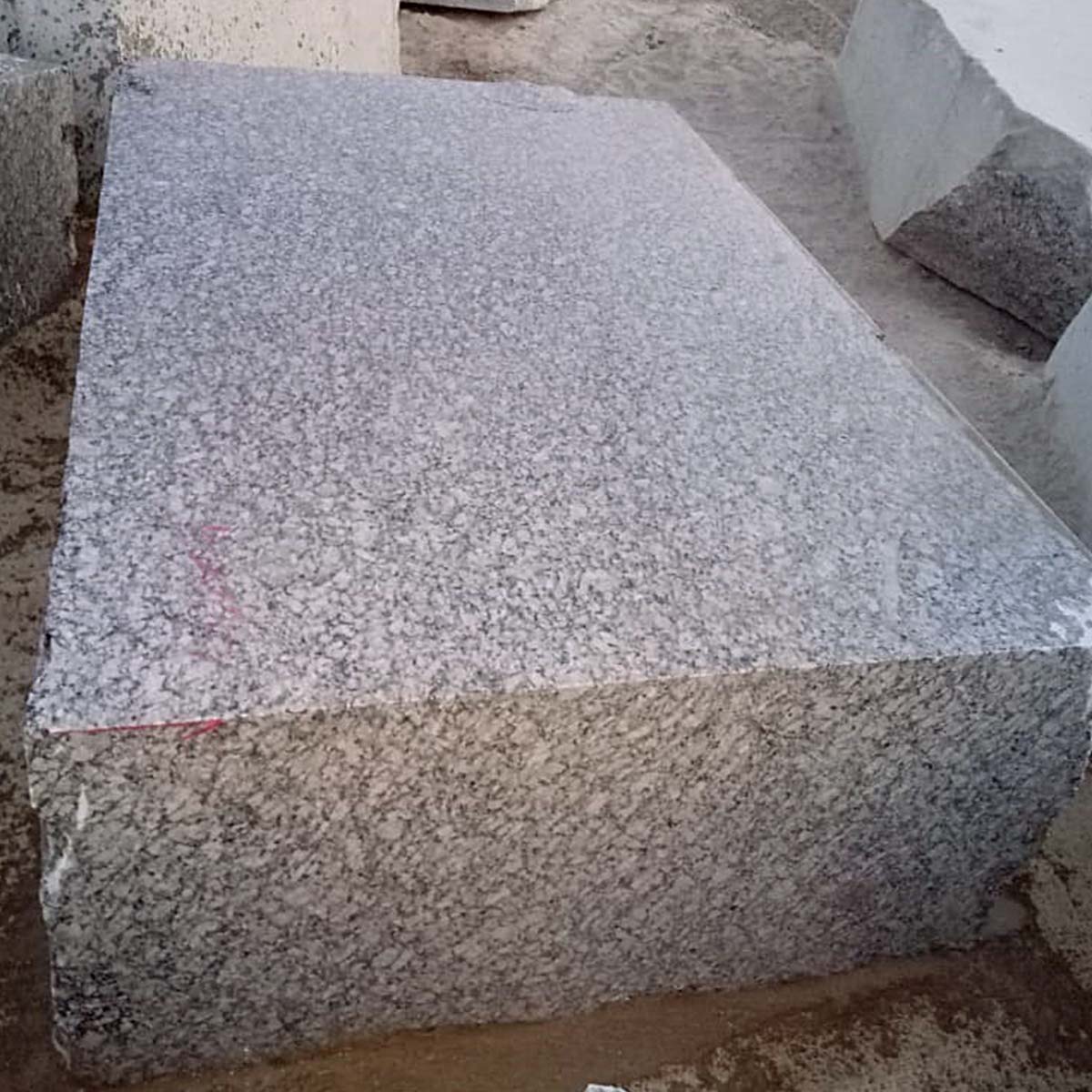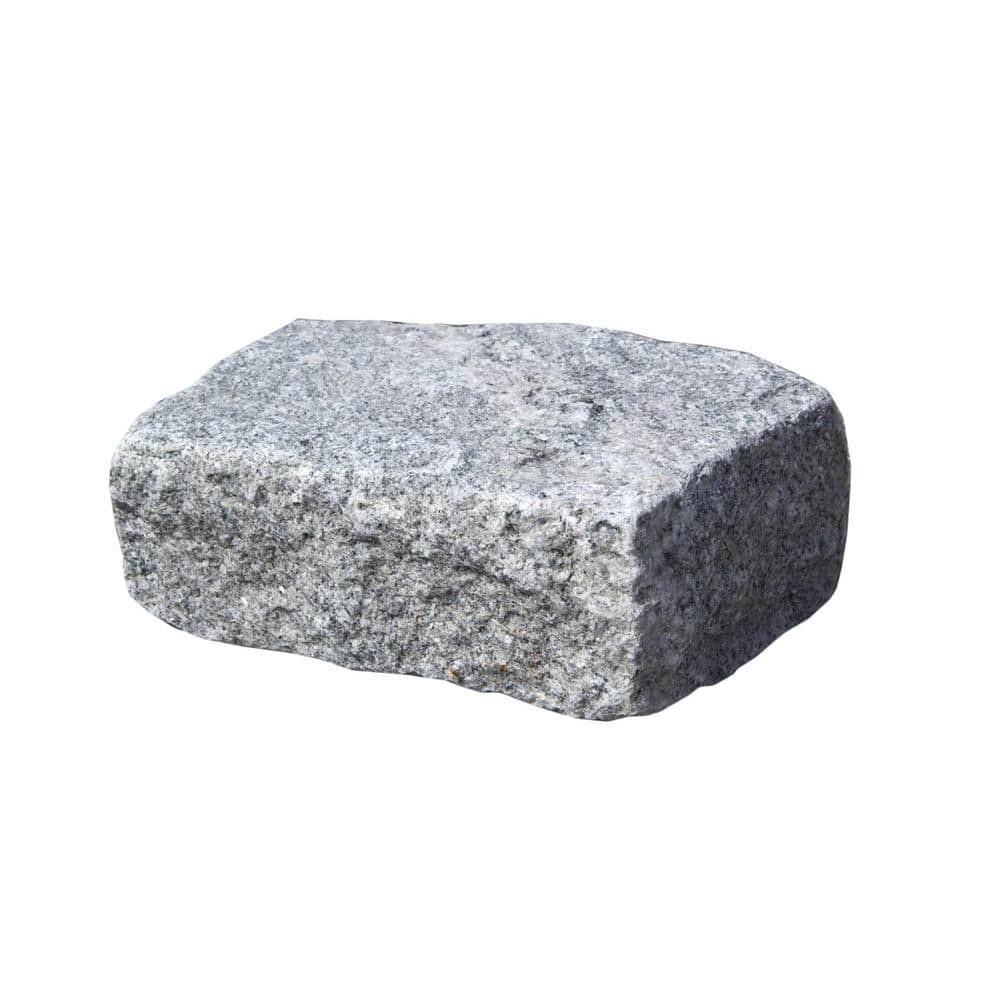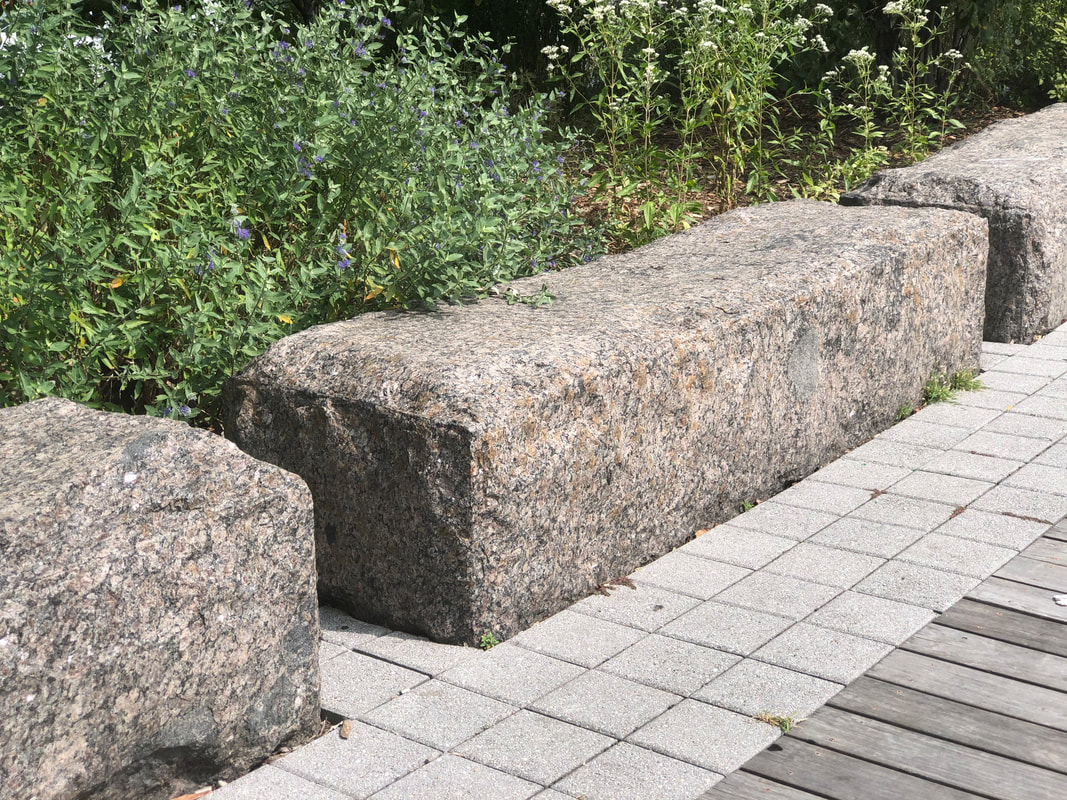Below the Surface: The Geological Wonders of Granite Quarries in Rustenburg Revealed
Wiki Article
From Rock to Grandeur: Uncovering the Tricks of Granite Quarries
' From Rock to Elegance: Discovering the Keys of Granite Quarries' is an expedition right into the interesting globe of granite quarries. This thorough research study delves right into the background, extraction procedure, tools, and strategies used in granite quarrying. It likewise sheds light on the change of raw granite right into building wonders, showcasing the intricate workmanship associated with producing magnificent structures. The book takes a look at the impact of granite quarries on the atmosphere, supplying beneficial understandings into lasting practices and ecological conservation. With its thorough research and engaging story, 'From Rock to Natural beauty' provides a beneficial source for experts, scientists, and fanatics in the area of quarrying and style.The Background of Granite Quarries

In ancient Egypt, granite quarries were strategically located along the Nile River, giving very easy accessibility to carry the heavy stone blocks. The renowned pyramids of Giza, including the Great Pyramid, were built using granite sourced from these quarries. In ancient Greece, the island of Naxos was renowned for its premium white marble, which was quarried and used in the building of legendary buildings like the Parthenon.
The Roman Realm additionally counted greatly on granite quarries, particularly in the building of their grand architectural projects. The Colosseum in Rome, for instance, was constructed making use of granite sourced from quarries in Egypt and Greece. The Romans additionally progressed the quarrying methods, utilizing skilled artisans and engineers to extract and transportation granite throughout large ranges.
Today, the tradition of these old granite quarries proceeds to motivate modern style and construction. The knowledge and experience gained from centuries of quarrying have actually been given via generations, ensuring that granite continues to be a treasured and sought-after structure material.
The Extraction Refine of Granite
Having discovered the historical value of granite quarries, we currently look into the details of the removal procedure, which is a vital action in transforming raw rock right into the spectacular building material it comes to be. The removal process of granite entails a number of phases, beginning with the initial expedition and recognition of prospective quarry sites. Once a suitable website is located, the removal procedure begins with the elimination of overburden, which refers to the dirt, greenery, and various other materials covering the granite deposit.After the overburden is removed, the next step is piercing and blasting. This includes boring openings into the granite utilizing specialized equipment and afterwards putting explosives right into the openings. The explosives are detonated, fracturing the granite right into convenient items. These items are then further damaged down right into smaller dimensions utilizing equipment like diamond wire saws or hydraulic splitters.
As soon as the granite is damaged down right into smaller dimensions, it is loaded onto trucks or conveyor belts and delivered to a handling center. At the handling center, the granite is more fine-tuned via cutting, shaping, and polishing processes. granite quarries in rustenburg. This is done making use of different reducing and brightening tools, such as grinders, polishers, and saws, to achieve the desired size, form, and surface
Methods and devices Made use of in Granite Quarrying
Granite quarrying includes the use of a selection of devices and methods to draw out the rock from the earth's surface area. One of the primary tools made use of in granite quarrying is the diamond wire saw.One more important device in granite quarrying is the boring maker. This machine is used to produce openings in the granite, which are then full of explosives. As soon as the nitroglycerins are detonated, they crack the granite, making it easier to remove from the quarry. The exploration machine is geared up with unique drill little bits that are designed to hold up against the solidity of the granite.
In addition to these devices, there are various strategies used in granite quarrying. These strategies, along with the usage of advanced machinery, have made granite quarrying much more efficient and less labor-intensive.
Transforming Raw Granite Into Architectural Marvels
After the extraction process, the raw granite undertakes a transformative trip to end up being amazing building wonders. The extracted granite blocks are transported to a manufacture facility where they are reduced right into slabs of various thicknesses using sophisticated cutting devices such as ruby cord saws.When the slabs prepare, they can be more processed to fulfill certain design demands. Proficient artisans use sophisticated equipment and tools to shape the granite right into wanted kinds, such as counter tops, floor covering tiles, or detailed sculptures. This process demands precise focus to information and competence to make certain that the end product meets the highest possible high quality requirements.
Following, the finished granite items are very carefully inspected for any kind of problems or flaws. Any type of minor defects are addressed, and the pieces like this are meticulously cleaned up to get rid of any kind of dust or particles. Lastly, the changed granite is packaged and planned for transport to its designated destination.

The Influence of Granite Quarries on the Setting
The ecological impact of granite quarries is a substantial issue that needs to be resolved in order to ensure sustainable methods in the stone sector. Granite quarries can have a damaging result on the surrounding setting, including the damage of habitats, contamination of air and water, and the generation of too much noise and dirt.One of the key worries is the damage of all-natural habitats. Granite quarries frequently involve the elimination of large quantities of plants and topsoil, leading to the displacement of wild animals and disturbance of communities - granite quarries in rustenburg. This loss of biodiversity can have lasting effects for the surrounding atmosphere
An additional major concern is the air pollution of air and water. Quarrying tasks can release dangerous pollutants right into the ambience, such as particulate issue and hazardous gases. These toxins can add to air pollution and have damaging health results on both human beings and wildlife. Additionally, the extraction of granite can cause the contamination of close-by water sources via the discharge of chemicals used in the quarrying procedure.

To alleviate these environmental influences, the stone sector should take on sustainable techniques. This includes applying measures to reduce environment devastation, improving air and water pollution controls, and carrying out reliable dirt and sound suppression techniques. Furthermore, improvement initiatives need to be undertaken to bring back quarried locations to their all-natural state and support the regeneration of biodiversity.
Final Thought
In verdict, granite quarries have actually played a significant role fit human background and proceed to add to building marvels. The removal process includes using specialized methods and devices, transforming raw granite into sensational structures. The impact on the environment should be very carefully taken care of to ensure sustainability. Understanding the discover here secrets of granite quarries allows us to appreciate the craftsmanship and charm that can be originated from this natural deposit.' From Rock to Splendor: Discovering the Tricks of Granite Quarries' is an exploration into the remarkable globe of granite quarries. The history of granite quarries can be mapped back to old times, with evidence read this post here of quarrying tasks discovered in ancient Egypt, Greece, and Rome. The Colosseum in Rome, for instance, was developed using granite sourced from quarries in Egypt and Greece - granite quarries in rustenburg. These strategies, along with the usage of advanced equipment, have made granite quarrying more effective and less labor-intensive. In addition, the extraction of granite can result in the contamination of neighboring water resources through the discharge of chemicals used in the quarrying procedure
Report this wiki page